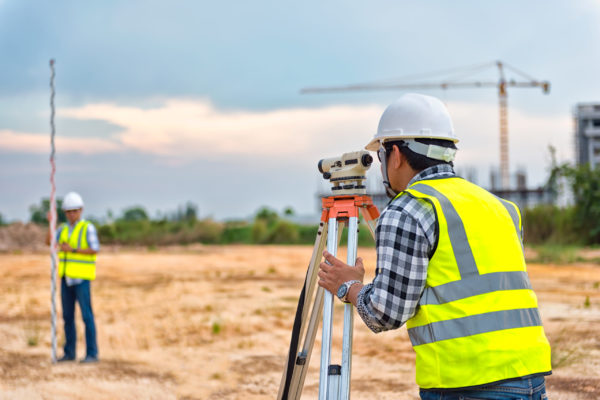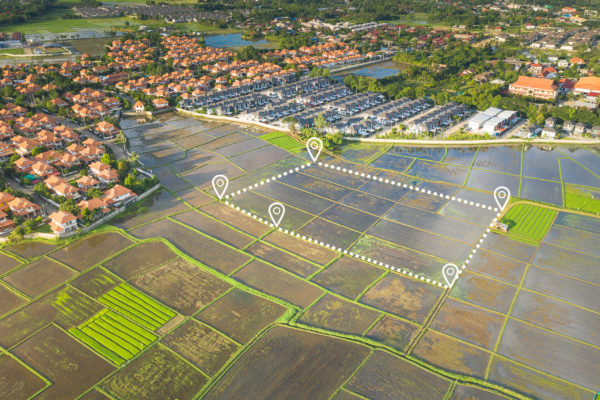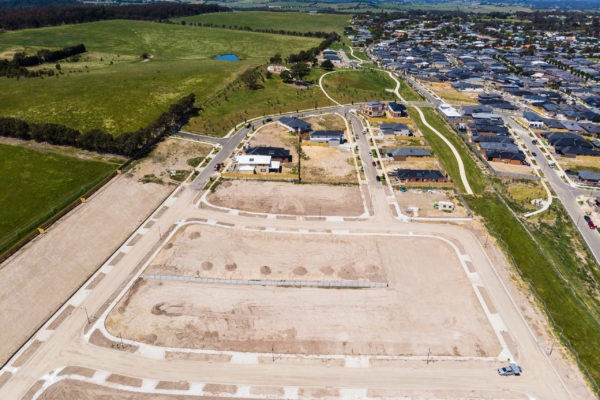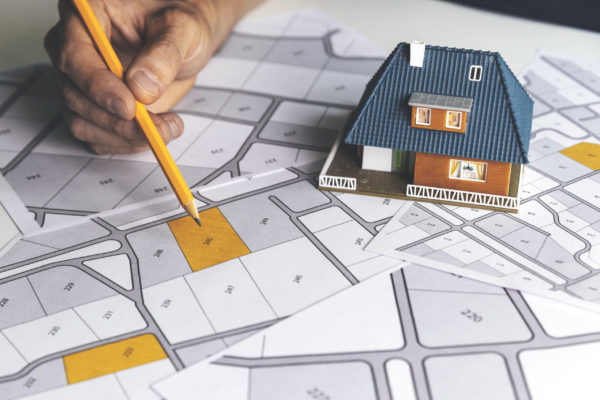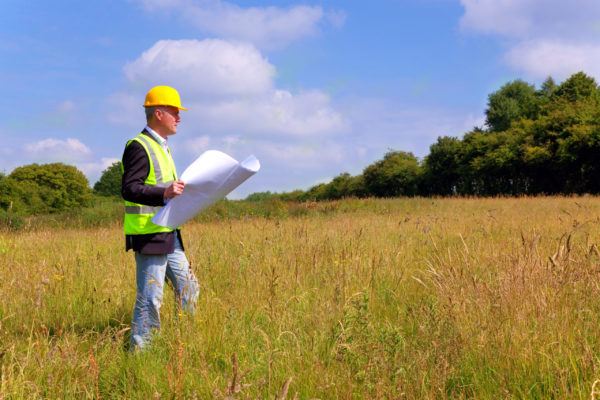The Residential Real Estate Land Development Process.
Now accepting new clients.
Request QuoteOur approach. Your win.
Residential real estate land development can offer high returns on your investment and be rewarding in many other ways.
But it can also be full of hidden risks and pitfalls.
By taking the right approach and following a proven residential real estate land development process, you can maximize your returns and start looking forward to your next land development project.
6 STEPS
6 Steps to Successful Residential Land Development
The process outlined below relates to residential land development that starts with an empty plot of land that’s big enough to accommodate the construction of multiple residential units. That can be a few detached homes, townhomes, entire subdivisions, mid-rise apartment buildings and more.
1. Identify Properties with Optimal Return Potential
As with most projects, the first step you take in developing a parcel of land may be the most important. And it can be the trickiest. What seems like the ‘perfect’ plot of land, with all the right zoning and approvals, may not offer the highest return. Instead, if you can spot properties that have good potential for future development and construction, they can be the real winners.
You can start with narrowing your search to properties of the right size for your investment. Properties that may not seem well situated now, but they may be close to roads, amenities and transportation connections in the future.
2. Do Your Due Diligence
Even with promising municipal plans in place, it doesn’t mean the property can be developed — or developed for the ROI you need. In many cases, zoning bylaws that are binding on your target property may not allow the type of development you’re planning. You need to conduct due diligence reviews on zoning and other bylaws. This can include reaching out to the local municipality and talking to consultants so you can get a deep understanding of current bylaws and the potential for rezoning that will allow your development to move forward. You can start with narrowing your search to properties of the right size for your investment. Properties that may not seem well situated now, but they may be close to roads, amenities and transportation connections in the future.
3. Get a ‘Thumbs-Up’ from the Municipality
With your due diligence completed on your target property, it’s time to submit an application to the municipality for a go-ahead on your development plans. You don’t want to invest in the property until you know that the municipality will approve the development.
Except getting approval can take many months, at which time you may face significantly more competition for the property. To ‘fast-track’ your application’s approval, you need to reach out to the right people in the municipal government, and know what questions to ask.
4. Put Together Your Permitting & Rezoning Application Paperwork
With your go-ahead from the municipality, it’s time to start to work on your full application for rezoning and permits. Other names that you might hear used for these applications include subdivision applications and custom development applications, but they all relate to zoning.
Before you put together your permit application package, you need to research, contract and confer with as many as 15 consultants. Their input, related to their areas of expertise, is required for your applications. Among others, you’ll need engineers to look at the soil, architects to look at bylaws and (ONE MORE EXAMPLE OF A CONSULTANT). The real challenge here is efficiently coordinating and managing them all and administering the overall process.
5. Submit Your Permit and Rezoning Applications Package
With input from all the necessary consultants, you can submit your application package. But it’s not a straightforward submission. It’s a process all on its own. Similar to the application to move forward with development plans, you need to engage certain stakeholders at the municipality, including city planners, local councillors, perhaps even the mayor. You must ensure they understand that what you want to build, and how you want to build it, are worthwhile and valuable to the community.
6. Present Your Project
To get your zoning and development permits approved, you must present your project in a series of three or four hearings. The first one or two presentations are to municipal stakeholders. They will hear your presentation before meeting among themselves and discussing it. They may come back to you with changes they would like to see made to the project, including physical changes or perhaps an increase in Community Contribution payments.
After the municipal presentations, you will present at a public meeting that usually includes local residents, business owners and other stakeholders. They too may seek changes to your plan. Following the public hearing, you will have a final hearing with the municipality, but that meeting is usually just to approve your permits. Once you get the final hearing and you know your approvals are on the way, you can begin project-related activities like marketing, loan applications and planning.
The Right Residential Real Estate Land Development Partner
Having the right land development partner, one who has been through the process many times, can maximize your chances of getting your development approved. ReCanvas has successfully developed a wide range of residential real estate properties for its clients. We have executed the process many times, we know who to talk to, how to streamline your project, and, ultimately, how to maximize your ROI.
